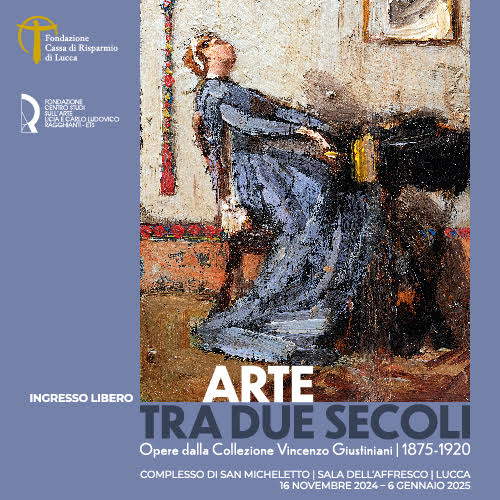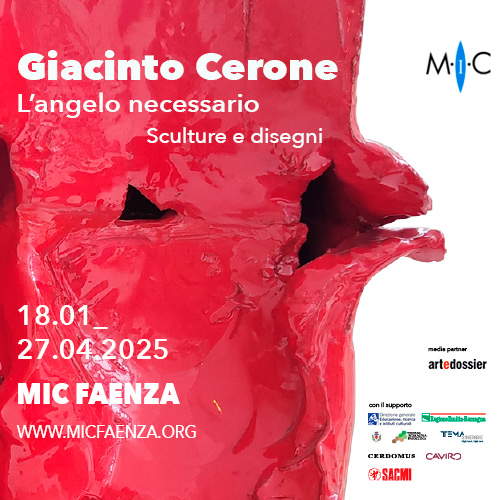New guidelines for church cultural property by banking foundations
New guidelines by foundations of banking origin for the care and enhancement of ecclesiastical cultural assets: this was discussed on Friday in the Carracci Hall of Palazzo Magnani in Bologna, where the president of Acri (Association of Foundations and Savings Banks), Francesco Profumo, presented to the president of the CEI, Cardinal Matteo Zuppi, the outcomes of a multi-year study project on Ecclesiastical Cultural Assets promoted by Acri’s Cultural Assets and Activities Commission, which has resulted in two volumes published by il Mulino. In 2018, in fact, the Acri Cultural Assets and Activities Commission, then headed by Professor Marco Cammelli, launched the project Foundations and Ecclesiastical Cultural Assets of Cultural Interest with 2 main objectives: to carry out an organic reconnaissance of the institutional and regulatory framework of ecclesiastical cultural assets; and to enhance some good practices of conservation and enhancement of ecclesiastical cultural assets carried out by Foundations. The work was carried out with the contribution of numerous university researchers and experts, and 11 member Foundations in Acri participated in the project: Fondazione Cariparma, Fondazione Cariparo, Fondazione Cariplo, Fondazione Con il Sud, Fondazione Cassa di Risparmio di Cuneo, Fondazione Compagnia di San Paolo, Fondazione Cassa di Risparmio di Lucca, Fondazione Monte dei Paschi di Siena, Fondazione Cassa di Risparmio di Torino, Fondazione di Sardegna, Fondazione Sicilia.
Having always been active in the field of conservation and enhancement of the country’s immense historical and artistic heritage, the Foundations of banking origin are now embarking on a path to define shared guidelines to make interventions more effective and sustainable over time. Over the past 10 years, Foundations of banking origin have promoted and supported about 15 thousand interventions for the conservation and enhancement of our country’s artistic, architectural and archaeological heritage. To do so, they have disbursed a total of more than 750 million euros, selecting projects aimed not only at restoring buildings, but also and above all interventions that would look at the subsequent enjoyment of the assets by communities. A large part of these interventions concerned “ecclesiastical properties of cultural interest” or “ecclesiastical cultural assets.” This expression refers mainly to places (churches, oratories, chapels, shrines, cemeteries, walkways), but also to ecclesiastical archives, sacred images, liturgical objects. In recent years, Foundations have carried out hundreds of experiments throughout the Peninsula, building good practices of conservation and enhancement of ecclesiastical cultural assets, which are available to all, and can inspire broader policies of intervention.
The Acri project has made it possible to identify 3 main directions along which the Foundations are moving and on which they hope to involve the entire ecosystem of actors-public and private-that revolve around cultural heritage: 1) to move from the logic of emergency response to that of planning, focusing on planned conservation and capacity building of beneficiaries; 2) to actively involve the Third Sector in the management and enhancement of ecclesiastical cultural assets; and 3) to build broad territorial alliances, capable of involving different actors and networking the recovered assets.
As for the first directive, the Foundations are helping to spread the culture of “planned preservation” among the actors involved in the interventions, as a key to capacity building of the grantee organizations. These are interventions that, unlike “on call” interventions that respond to emergencies, have a very long time horizon. Going beyond the logic of the single intervention, more skills are disseminated and consolidated, with a view to empowerment, supporting grantees to access different sources of funding, so as to make their interventions sustainable over the long term. This is complemented by the Foundations’ push to consider the enhancement and enjoyment of the recovered asset as an integral part of the restoration project.
On the second directive, the good practices implemented by Foundations in recent years share the characteristic of providing for the active involvement of communities and the Third Sector in the management and enhancement of ecclesiastical cultural assets. This, in addition to contributing to making the recovered asset usable and sustainable, helps consolidate a process of progressive appropriation of the asset by communities, making them protagonists of its newfound vitality(community engagement).
Finally, as far as broad territorial alliances are concerned, by virtue of their strong territorial roots and the constant dialogue that the Foundations weave with all the actors in the territories in which they operate, the Foundations are able to activate broad “territorial alliances,” involving the various actors-public and private-that share the common goal of enhancing the ECBs, as the backbones of the local historical-artistic heritage. Increasingly, the goal will be to activate shared planning tables, to build territorial alliances aimed at the preservation and enhancement of BCEs, involving owners, managers, territorial PAs, the Third Sector, and Enterprises.
“Foundations of banking origin are convinced that Italy’s historical-artistic heritage, particularly that of ecclesiastical cultural assets, represents a fundamental piece of the culture and identity of territories and the country,” said Francesco Profumo, president of Acri. “The project Foundations and Ecclesiastical Assets of Cultural Interest, promoted by Acri’s Cultural Assets and Activities Commission, aims to make available to institutional and social actors - central and local -, experiences and useful materials to facilitate greater coordination, elaborate shared strategic lines of action, and foster cooperation among the different actors that make up the ecosystem revolving around cultural assets. The Foundations are ready, as always, to forge new alliances with all those interested in protecting and enhancing this very important Italian heritage.”
In the photo: Matteo Zuppi and Francesco Profumo
 |
| New guidelines for church cultural property by banking foundations |
Warning: the translation into English of the original Italian article was created using automatic tools. We undertake to review all articles, but we do not guarantee the total absence of inaccuracies in the translation due to the program. You can find the original by clicking on the ITA button. If you find any mistake,please contact us.





























